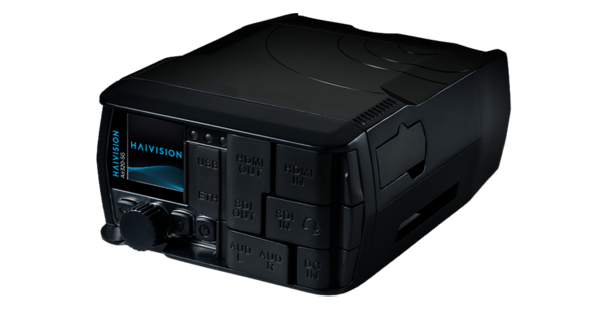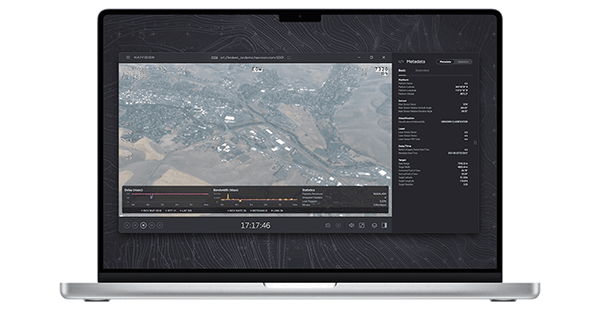Incident response and network monitoring calls for 24/7 visualization capabilities, which means that system downtime and failures aren’t an option. This is where operational resilience, fostered through reliable technology, becomes critical.
A comprehensive video wall is the ideal solution for business or mission-critical operations real-time situational awareness around the clock. Video wall software, processors, encoders, decoders, displays, and more all contribute to the technology ecosystem. If any of these systems fail, it significantly impacts a team’s ability to collaborate and quickly respond.
What is Operational Resilience?
In the context of technology, resilience relates to the inherent design features that still achieve an acceptable level of service even when faults are present. Oftentimes, this is referred to as ‘redundancy,’ which exists to prevent or recover from a system failure. This is attained by switching to backup components during a failure event to restore full operation.
Assessing the operational resilience of a video wall system and maintaining redundancy is crucial to an organization’s long-term success. To maximize operational resilience and minimize system interruption, consider the below features when researching video wall options.
Redundant Components
For many control rooms and operation centers, a video wall system maintains operational resilience by adding a backup video processor, mitigating the chances of downtime. We think of ‘backup’ equipment as extra hardware on hand when the primary device crashes. However, environments with large video walls can’t risk losing time by switching processors when a failure occurs. In this example, true redundancy would enable the primary and backup processors to create mirrored displays. Users can then alternate between the mirrored content if one display goes down.
Scalable Technology
As an organization’s operation grows, a scalable visualization system is invaluable. Scalability in this context refers to a system’s ability to handle increased use or incorporate additional components. When exploring video wall technology, consider if the system can accommodate future needs such as additional video walls, content sources, and more. Scalability across geographic needs, for example, ensures security, ease of use, and optimal performance. Resilience is primarily the management of these additional resources. When scalability features exist within a network distributed video wall, it provides operational resilience.
Haivision Solutions
Haivision’s visual technology provides multiple avenues to ensure operational resilience and redundancy:
- Haivision’s video wall platform gives users automatic and manual backup capabilities.
- Operators create mirrored displays within Command 360 to mitigate system failure thanks to Alpha FX video processors.
- Haivision encoders and decoders, integrated with the Command 360 interface, complements the system with an extra layer of redundancy in case the Alpha FX processor becomes unavailable.
- Command 360 Manager creates a secure gateway to protect the system’s core processors against external threats which could result in downtime.


























